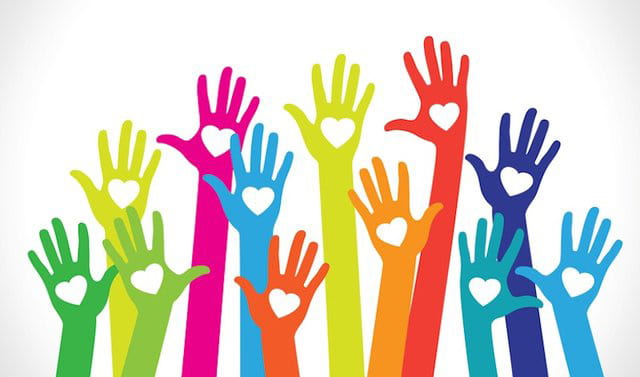
What is the approximate cost of publishing a book?
If your main goal is simply to get your book printed, using free self-publishing platforms may be the right decision. The writing itself is the biggest reward for many people, and getting published may be just a formality. However, if you want to sell your book and reach a wide audience, you need to invest in professional services.Without them, it's hard to compete with traditionally published books. Factors such as professional editing, cover gr...

What is a philanthropist and philanthropy?
Everyone can be a philanthropist and be more effective in making a difference. Here's how. A philanthropist is a person who donates time, money, experience, skills or talent to help create a better world. Anyone can be a philanthropist, regardless of status or net worth. What is philanthropy? The Greek playwright Aeschylus coined the term philanthropy in the 5th century B.C. It meant "love of mankind." Today, philanthropy means generosity in a...

Narcistic Psychotic Disorder: Symptoms, Treatment and How We Can Help You
Mental health is increasingly important in society, and interest in this topic is growing significantly. Mental illness affects a huge number of people worldwide. One of the lesser known illnesses affecting mental health is narcissistic personality disorder. Narcissistic personality disorder is a condition that often goes undiagnosed, and this leads to even greater suffering for those affected. People with this mental condition have great diffic...

How to quickly raise money to adopt a child
Children are the greatest gift a person can receive throughout his life! And if fate has not been kind enough to ordain you to be a parent, institutions and organizations have found a way to give this right to anyone who has the heart and soul for it. According to statistics from surveys done in 2018, the figure of 430,000 children, works in plus towards foster families. For adopted children, a home and unconditional dedication and love is extre...


